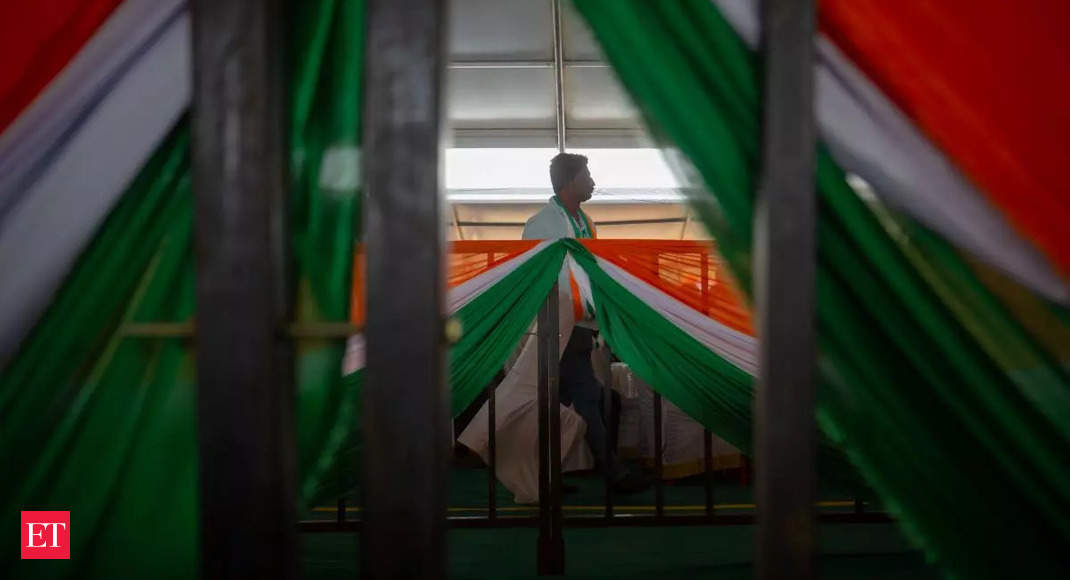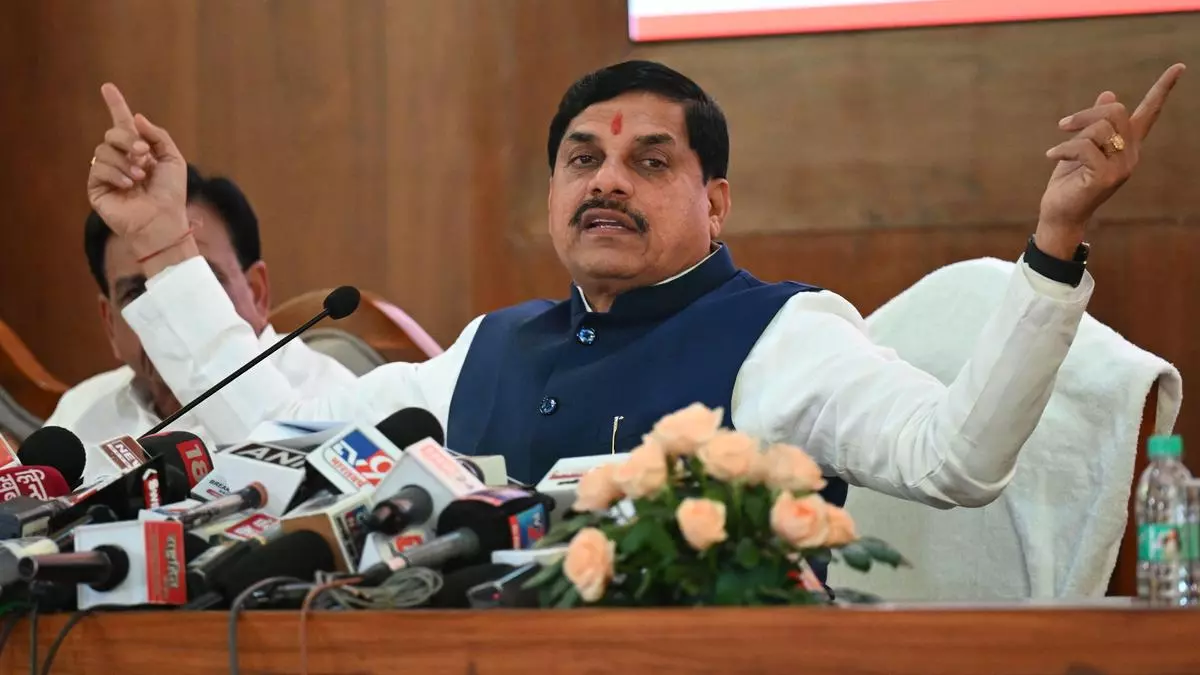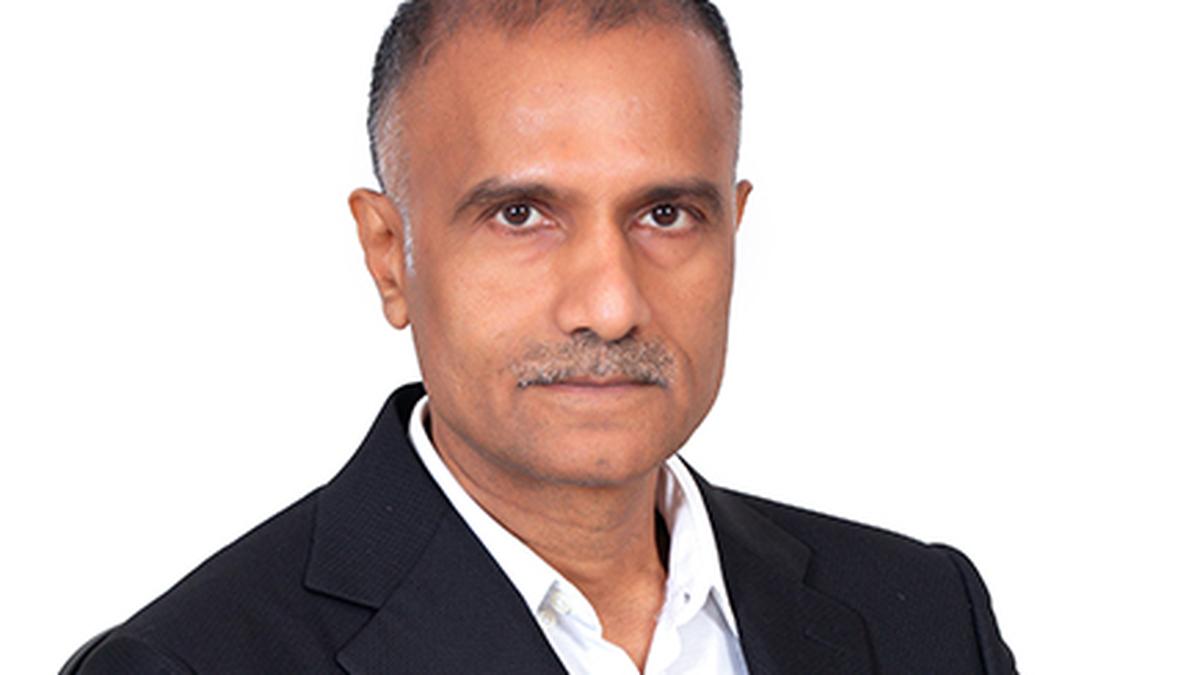India is hailed as the world’s biggest democracy and is home to more than 1.4 billion citizens, making it also the world’s most populous country. For a nation so big on those counts and stark income gaps between the elites and the poor, an election system with multiple parties – national and regional, varied languages, diverse demography of chic cities and dry hinterlands, and above all more than 35 states and union territories, the election system is bound to be very complex and expensive for both administrators and political parties who often have to lure voters even with cash transfers.
Streamlining this multifaceted electoral system presents a formidable challenge. The Indian government, said to be driven by a desire for development and efficiency, has recently expressed its interest in retreating to a voting system reminiscent of the 1960s. Any change – whether beneficial or detrimental – also may mean the government is walking on a thin rope as they will have to counter severe scrutiny, especially now that several opposition parties have united under the banner of ‘INDIA.’
Nonetheless, the government, led by Prime Minister Narendra Modi, appears committed to the cause. The government has reportedly formed a committee under the chairmanship of former President Ram Nath Kovind, who too had voiced support for this idea years back, to explore possibility of ‘One Nation, One Election’.
The government in a surprise announcement on August 31 called for a special session of Parliament for five days starting September 18. However, no official announcement was made regarding the agenda of the session. But speculation is rife that the session may include discussions on the upcoming elections, with some expecting a ‘One nation, one election’ move from the Centre, while others predict a poll preponement.
West Bengal Chief Minister Mamata Banerjee had earlier this week said that the Narendra Modi-led BJP government might conduct the Lok Sabha polls in December itself, claiming that all choppers have been booked by the saffron party for campaigning.
However, more than the timing, the focus has shifted beyond mere timing to whether Modi’s long-held aspiration can indeed become a reality.
One nation, one election, as the name suggests, means simultaneous state and general elections. This needs a constitutional amendment for which the lawmakers need to meet in parliament for deliberation.
Madhya Pradesh Congress leader Kamal Nath said that any move towards ‘one nation, one election’ would require the approval of state assemblies.
As the news spread about the formation of the committee under Kovind, politicians jumped in with their obvious reactions. While the BJP hailed the idea, opposition Congress party called it a gimmick.
Opposition leaders voiced concerns, alleging that this move could undermine India’s federal structure. Congress President Mallikarjun Kharge characterised it as a diversion and distraction, while Shiv Sena (UBT) leader Sanjay Raut emphasized that the country is already united and questioned the need for ‘One Nation, One Election.’.
‘We demand fair elections, not ‘one nation one election’. This move of ‘one nation, one election’ is being brought to divert attention from our demand for fair election,’ he added.
Since assuming power in 2014, Prime Minister Narendra Modi has been a steadfast advocate for the concept of simultaneous elections in India, extending to local bodies. His rationale primarily revolves around the substantial financial strain induced by the continuous electoral cycle and the disruption it poses to ongoing development initiatives.
One of the central arguments in favor of conducting joint elections is the potential for significant cost savings. Reports suggest that the 2019 Lok Sabha elections alone incurred an astounding expense of approximately Rs 60,000 crore. However, it’s important to note that this figure encompasses not only the expenses associated with the electoral process but also the costs borne by political parties engaged in campaigning and the operational expenses of the Election Commission of India.
With the Modi government’s second term nearing its end, there is a growing sentiment within its upper echelons that the issue of synchronized elections can no longer be left unresolved. They believe it’s time to take decisive action and underscore the government’s commitment after years of debate.
Furthermore, proponents of synchronised elections suggest that administrative efficiency across the nation could improve, as the customary slowdown during polling periods would be minimised. Routine administrative functions often face disruptions due to election-related duties undertaken by officials.
However, some experts caution that this shift might disproportionately affect regional parties. These parties often lack the financial prowess to compete with their national counterparts, particularly those with a stronger national presence.
According to research conducted by the IDFC Institute, when elections are held at six-month intervals, there is a 77 percent likelihood of voters favoring the same political party or alliance for both state assemblies and the Lok Sabha. This figure drops to 61 percent if elections are spaced six months apart.
This also comes after the BJP suffered massive losses in some state elections such as in West Bengal and Karnataka. While BJP swept to power to form the Indian government for a second term in 2019 with a massive lead over others, their performance in state assemblies have lagged.
During Lok Sabha elections, likely in May-June next year, states such as Andhra Pradesh, Odisha, Sikkim and Arunachal Pradesh are also scheduled to go to the polls. Maharashtra and Haryana, two states where the BJP is in power with allies, and JMM-Congress-ruled Jharkhand are scheduled to hold their state elections after the Lok Sabha battle.
The notion of synchronized elections was once a commonplace practice in India, up until 1967. It saw a resurgence when the Election Commission sought its revival in 1983, but the idea was dismissed by the government at the time. Subsequent efforts, including proposals in the 1999 Law Commission report and the 2014 BJP election manifesto, aimed to reintroduce simultaneous elections.
Modi breathed new life into this discussion in 2016, with the Niti Aayog releasing a working paper the following year. However, it’s crucial to acknowledge that implementing this idea would require constitutional amendments and parliamentary decisions, as emphasised by Chief Election Commissioner Sushil Chandra in 2022.










